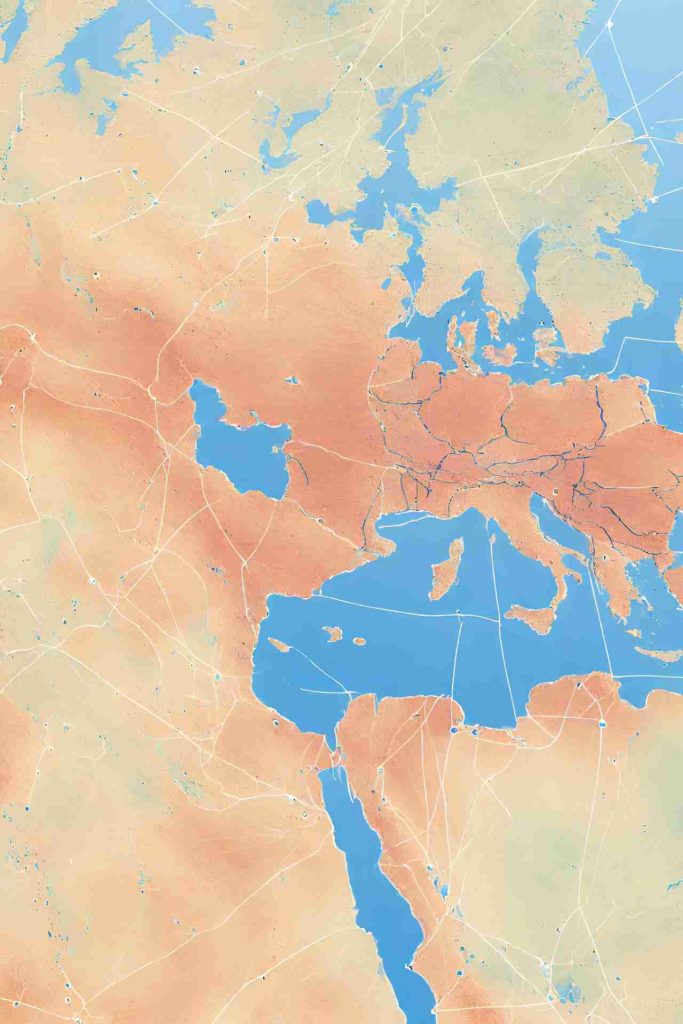Geostatistics
By employing geostatistical methods, organizations can achieve a detailed understanding of spatial patterns, trends, and relationships within their data. This knowledge is crucial for making informed decisions, optimizing operational processes, and forecasting future trends. Geostatistics is particularly effective for predicting unknown values at unmeasured locations, assessing risks, and quantifying spatial uncertainties, which are essential components in fields such as resource estimation, environmental monitoring, and urban planning.
For instance, in the mining industry, geostatistics can be used to estimate ore body volumes and compositions, enabling more accurate resource evaluation and extraction planning. In environmental science, it helps in assessing pollution dispersion and the impact of environmental policies. Public health organizations use geostatistics to analyze the spread of diseases and the allocation of healthcare resources.

WHAT ARE THE ADVANTAGES?
Enhanced Predictive Analysis: Geostatistics provides tools for modeling and predicting spatial phenomena, enabling organizations to forecast future trends and make proactive decisions.
Risk Management and Uncertainty Reduction: By quantifying spatial uncertainties, geostatistics allows for better risk assessment and management, particularly in resource-dependent industries.
Optimized Resource Allocation: Through detailed spatial analysis, organizations can efficiently allocate resources, plan projects, and target interventions, thereby maximizing impact and reducing waste.
Data Integration and Multivariate Analysis: Geostatistics enables the integration of various data types and sources, facilitating complex multivariate analyses. This comprehensive approach provides a deeper understanding of the data and its implications.
Improved Environmental and Public Health Outcomes: By analyzing spatial data, organizations can address environmental challenges and public health concerns more effectively, leading to improved outcomes for communities and ecosystems.
Geostatistics offers powerful tools for transforming data into strategic insights and practical solutions. Its applications across industries underscore its importance in today’s data-driven world, where spatial analysis and geographic precision are key to success. For businesses and organizations looking to harness the full potential of their geographic data, geostatistics provides the advanced analysis, output, and production solutions needed to achieve their goals.




